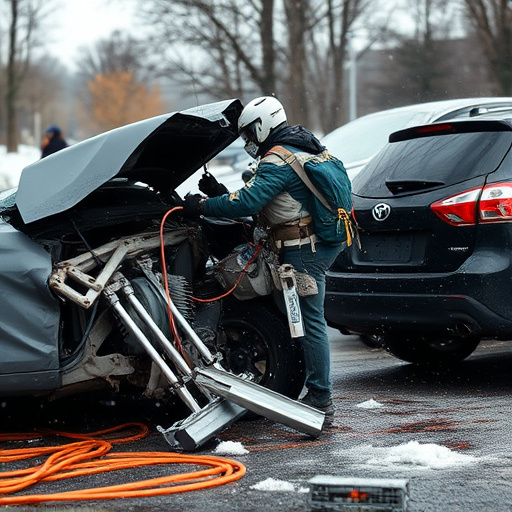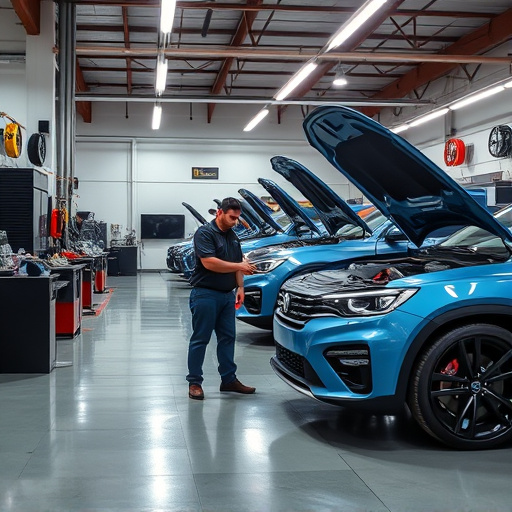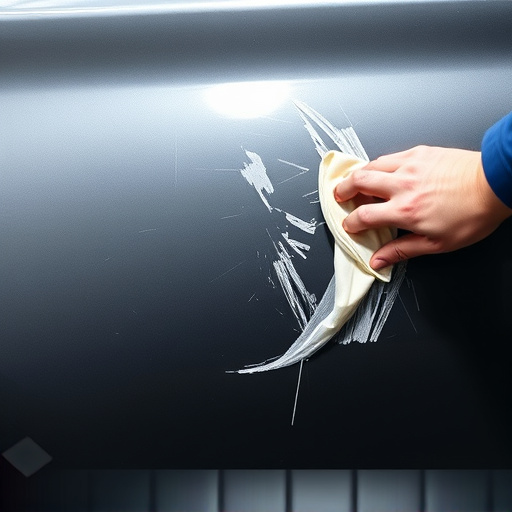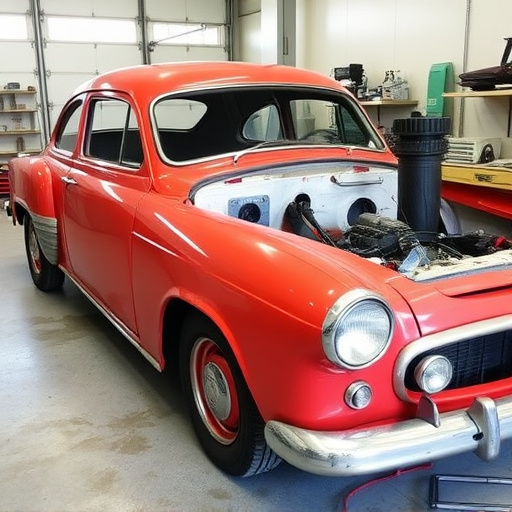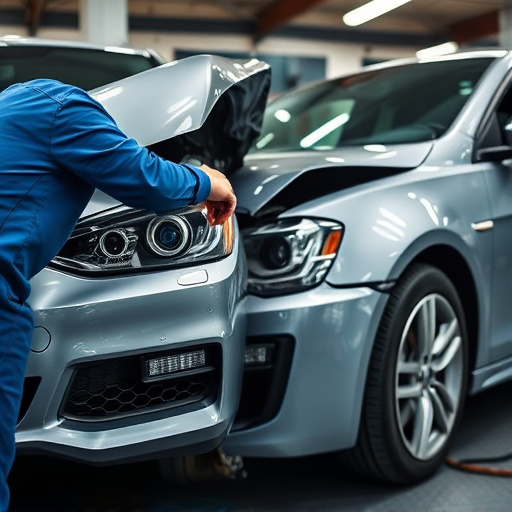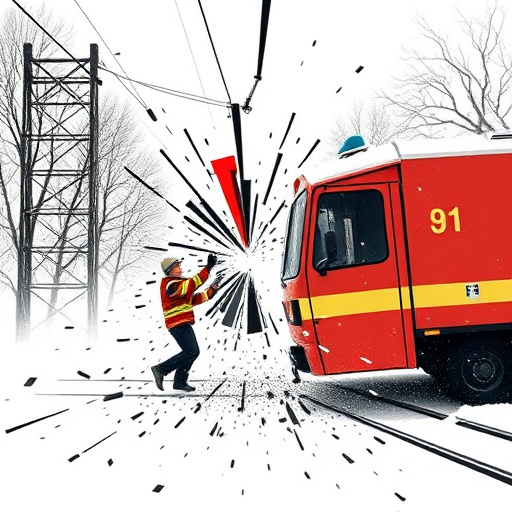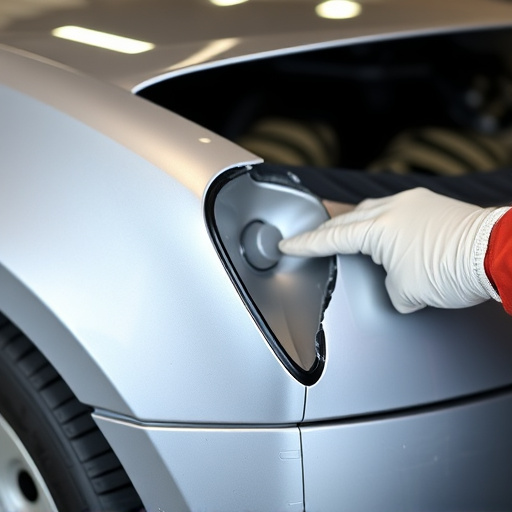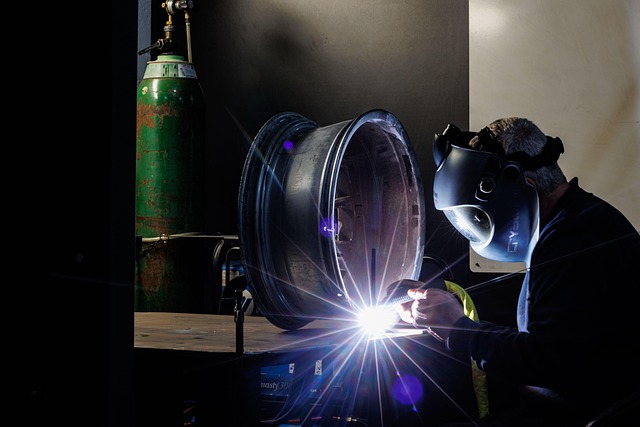In a competitive auto body repair market, exceptional auto glass installation is crucial for success. Customers demand high-quality, seamless service, restoring their vehicles to pre-accident condition. This involves selecting correct glass types, precise installation adhering to standards, transparent pricing, and timely communication. Skilled technicians, proper preparation, weather conditions, and adherence to best practices ensure durable installations. Safety and structural integrity are prioritized for modern and classic cars alike.
In the realm of automotive repairs, the success of auto glass installation hinges on intricate processes and an understanding of customer expectations. This article delves into the crucial role of experience in achieving flawless results. We explore how skilled technicians navigate complex factors influencing quality and precision, ensuring every repair meets high standards. Moreover, it highlights best practices to guarantee longevity, providing a comprehensive guide for optimal auto glass installation.
- Understanding Customer Expectations for Auto Glass Installation
- Key Factors That Influencing Quality and Precision in Installation
- Best Practices for Ensuring Longevity of Auto Glass Repairs
Understanding Customer Expectations for Auto Glass Installation
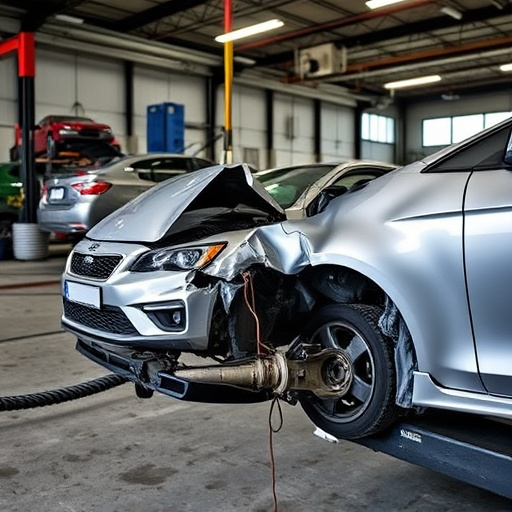
When it comes to auto glass installation, understanding customer expectations is paramount for achieving success. Today’s consumers are well-informed and have come to expect seamless, high-quality service from their auto body shops, especially when dealing with collision damage repair. They want their vehicles restored to pre-accident condition, with new auto glass that offers both safety and clarity. This means not only fitting the correct type of glass but also ensuring it is installed accurately and securely, adhering to industry standards.
Customers also appreciate transparency in pricing and timely communication throughout the process. Many are familiar with the basic concepts of vehicle collision repair and will actively seek out shops known for their expertise and attention to detail. By meeting these expectations, auto glass installation professionals can foster trust, build a positive reputation, and ensure customer satisfaction—all vital aspects of thriving in this competitive industry.
Key Factors That Influencing Quality and Precision in Installation
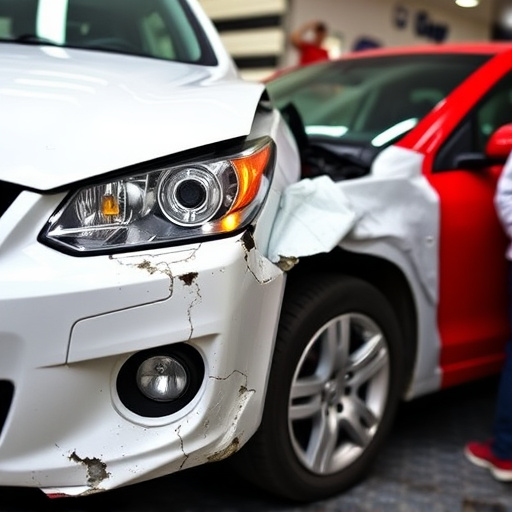
The success of an auto glass installation hinges on several critical factors that contribute to both quality and precision. One of the primary influences is the level of experience possessed by the installers. Skilled technicians, adept at handling various types of glass and equipped with specialized tools, can ensure seamless integration of new glass panels into a vehicle’s structure. Their expertise allows them to account for subtle nuances in car bodywork, ensuring that the glass not only fits perfectly but also enhances the overall aesthetics of the vehicle.
Additionally, factors like weather conditions and the type of glass play significant roles. Extreme temperatures can impact the curing process of adhesives, necessitating precise application and timing. The choice of glass, whether it’s laminated, tempered, or specialized for a specific vehicle model, directly affects installation complexity. Proper preparation of the car’s surface, including cleaning and decontaminating, is another vital step that ensures optimal adhesion and long-lasting results. Integrating these considerations alongside the installers’ experience is key to achieving outstanding auto glass installation quality.
Best Practices for Ensuring Longevity of Auto Glass Repairs
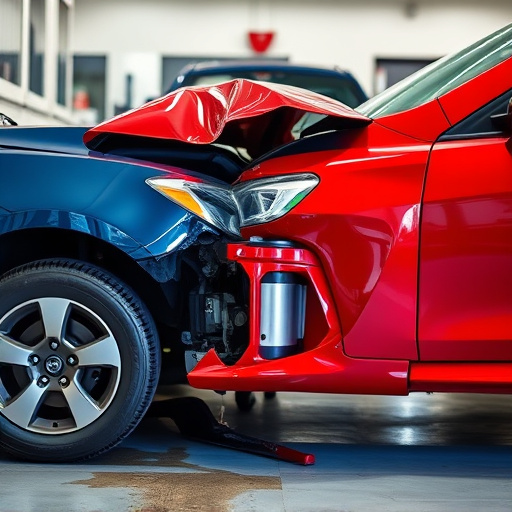
The longevity of auto glass installations heavily relies on adherence to best practices throughout the repair process. First and foremost, ensuring proper alignment and sealing is paramount. Using high-quality sealants and following manufacturer guidelines for application ensures a watertight fit, preventing water intrusion that could compromise structural integrity over time. Expert technicians meticulously inspect the surrounding areas for any existing damage or potential weak points, addressing these issues before installation to forestall future problems.
Regular maintenance plays an equally vital role in extending the lifespan of auto glass repairs. This includes routine checks for signs of wear and tear, as well as prompt attention to any minor issues like cracks or chips. Professional auto repair services often recommend specific care instructions tailored to different vehicle types and glass coatings, enhancing durability. For classic car restoration projects, where originality is paramount, specialized auto glass installation techniques are employed to maintain the vehicle’s historical authenticity while incorporating modern safety features when necessary. Remember, proper auto glass installation is not just about replacing broken pieces; it’s about safeguarding drivers, passengers, and the overall integrity of the vehicle.
The success of auto glass installation hinges on managing customer expectations, mastering precision techniques, and adopting best practices for long-lasting repairs. By understanding these key aspects, professionals can ensure not only high-quality installations but also customer satisfaction, solidifying their reputation in the competitive auto glass industry. Incorporating these strategies into everyday practice will enable technicians to deliver top-notch results that withstand the test of time.
